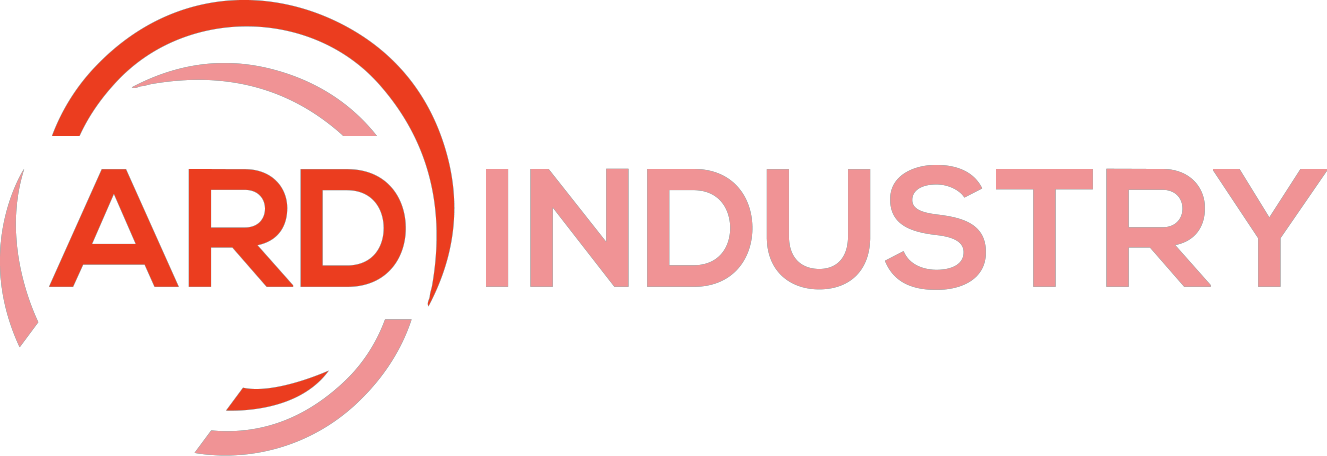Have you ever wondered how businesses consistently make decisions that hit the mark? Or why some campaigns seem tailor-made to resonate with specific audiences? The secret often lies in a robust market research analysis. But here’s the twist: no single research method holds all the answers. So, how can combining different research strategies elevate your decision-making process?
Let’s explore the art and science of blending various market research methods. By the end of this article, you’ll understand why diversification isn’t just for investments—it’s a game-changer for market analysis.
Why Relying on One Strategy Isn’t Enough – Market Research Analysis
Imagine trying to understand a complex problem by looking at it from only one angle. You’d likely miss key details, right? The same applies to market research. While a single strategy may yield valuable insights, relying solely on it can lead to blind spots.
For instance:
- Quantitative research provides numerical data but lacks context.
- Qualitative research offers depth but may not represent broader trends.
To get the complete picture, businesses need to integrate these methods, creating a balanced perspective that drives informed decisions.
The Core Types of Market Research Analysis
Before diving into how to combine strategies, let’s revisit the core types of market research:
- Quantitative Research
This is all about numbers and data. Surveys, polls, and analytics are great tools to gather statistical insights. For example, what percentage of your target audience prefers Product A over Product B? - Qualitative Research
This method focuses on understanding the “why” behind behaviors. Tools like interviews, focus groups, and open-ended surveys dig deeper into customer motivations. - Primary Research
Conducted directly by your business, this type of research includes firsthand data collection like customer feedback and competitor analysis. - Secondary Research
Here, you use existing data—reports, studies, and market statistics—to complement your findings.
Each method shines in specific scenarios. However, the real magic happens when you combine them.
Benefits of Combining Different Research Strategies – Market Research Analysis
Combining different research strategies provides a well-rounded perspective, ensuring accurate insights, actionable data, and a deeper understanding of your audience.
1. Improved Accuracy
By triangulating data from multiple sources, you minimize errors and biases. For instance, qualitative insights can clarify ambiguities in quantitative results.
2. Comprehensive Insights
A mix of methods ensures you understand both the big picture and the finer details. You’ll uncover not just what customers do but also why they do it.
3. Actionable Data
When different strategies validate each other’s findings, your conclusions are more reliable. This leads to actionable steps rather than mere speculation.

Effective Ways to Combine Research Strategies – Market Research Analysis
Effectively combining research strategies involves leveraging diverse methods to gather comprehensive insights and make informed, data-driven decisions.
1. Start with Secondary Research
Before investing in primary research, review existing data. Industry reports, government publications, and competitor case studies can provide a foundational understanding.
Example:
Say you’re launching a new skincare product. Analyze trends from market reports to identify popular ingredients or consumer pain points.
2. Use Quantitative Research to Identify Patterns
Next, conduct surveys or polls to validate your secondary research findings. Quantitative data will help you gauge the size of potential markets and consumer preferences.
Pro Tip:
Use online survey tools like Google Forms or SurveyMonkey for quick and efficient data collection.
3. Add Depth with Qualitative Research
Now that you have numbers, dive into the “why” with qualitative methods. Conduct focus groups to understand why customers prefer one product feature over another.
Example:
If your survey reveals a preference for eco-friendly packaging, interviews can help uncover whether it’s driven by sustainability concerns or aesthetics.
4. Continuously Validate Findings
Iterate between methods as needed. For instance, if qualitative research uncovers unexpected insights, revisit your quantitative strategy to see if they hold true across larger groups.
Overcoming Challenges in Mixed-Method Research – Market Research Analysis
Combining strategies isn’t without hurdles. Here are some common challenges and how to address them:
- Time Constraints
Mixed-method research can be time-consuming. Streamline processes by using technology for data collection and analysis. - Data Overload
Diverse strategies can produce a lot of data. Use visualization tools like Tableau or Power BI to simplify and interpret findings. - Conflicting Results
It’s not uncommon for different methods to yield conflicting insights. In such cases, prioritize context and consider revisiting your approach.

Real-Life Applications of Combined Research – Market Research Analysis
Real-life applications of combined research strategies demonstrate how businesses can turn diverse insights into impactful solutions and measurable success.
Case Study: A Tech Startup
A startup developing a productivity app combined multiple strategies:
- Quantitative: Surveys identified that 70% of users wanted time-tracking features.
- Qualitative: Interviews revealed users found existing tools too complex.
- Secondary: Competitor analysis showed that simplicity was a growing trend in app design.
By combining these insights, the startup designed a feature-rich yet intuitive app, leading to a 40% increase in user retention.
Tools and Resources for Seamless Integration – Market Research Analysis
To simplify combining research strategies, leverage these tools:
- Survey Platforms: Qualtrics, Typeform
- Analytics Tools: Google Analytics, SEMrush
- Collaboration Tools: Trello, Asana
- Qualitative Tools: Otter.ai (for transcriptions), Zoom (for interviews)
Best Practices for Success
Following best practices ensures your combined research strategies are efficient, ethical, and aligned with your objectives for meaningful results.
- Define Clear Objectives
Know what you want to achieve before starting. Clear goals streamline the research process and minimize wasted efforts. - Involve Cross-Functional Teams
Incorporate input from marketing, sales, and product teams to ensure diverse perspectives. - Maintain Flexibility
Be prepared to adapt your strategies based on preliminary findings. - Stay Ethical
Always respect data privacy and obtain consent when conducting primary research.
The Future of Market Research
As technology evolves, so does market research. Here’s what lies ahead:
- AI Integration: Tools like ChatGPT can analyze qualitative data quickly, speeding up research cycles.
- Real-Time Data: Live tracking of consumer behaviors through IoT devices and social media.
- Customization: Tailored research approaches for niche markets.
By staying ahead of these trends, you’ll keep your strategies relevant and impactful.

Conclusion: Market Research Analysis
Market research isn’t a one-size-fits-all endeavor. By combining different strategies, you gain a holistic understanding of your audience, empowering smarter decisions. Whether you’re a small business or a global enterprise, blending research methods ensures you stay ahead in an ever-changing market.
So, are you ready to elevate your market analysis? Start experimenting with these strategies today, and watch your insights—and success—soar!








